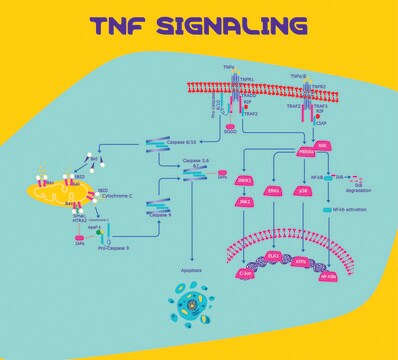P2139
Poly(ethylene glycol)
average MN 8,000, hydroxyl
Synonym(s):
Polyethylene glycol, PEG
About This Item
Recommended Products
product name
Poly(ethylene glycol), average mol wt 8,000, powder
form
powder
mol wt
average mol wt 8,000
solubility
water: soluble (PEG is soluble in water approximately 630 mg/ml, 20 °C)
density
1.0845 g/mL at 70 °C
1.0689 g/mL at 90 °C
Ω-end
hydroxyl
α-end
hydroxyl
SMILES string
C(CO)O
InChI
1S/C2H6O2/c3-1-2-4/h3-4H,1-2H2
InChI key
LYCAIKOWRPUZTN-UHFFFAOYSA-N
Looking for similar products? Visit Product Comparison Guide
General description
Application
PEG can be used for the effective isolation of edible nanoparticles (ENPs) which have excellent anti-cancer and anti-inflammatory activities. PEG is a crowding agent and forms a net-like mesh in which nanovesicles are trapped and precipitated. For example, ginger-derived ENPs are isolated using a PEG-based method which is cost-effective compared to ultracentrifugation.
PEG can be used as a precursor to synthesize degradable hydrogels for the controlled release of hydrophilic and high molecular weight pharmaceuticals.
Features and Benefits
- Highstructural flexibility
- Biocompatibility
- Amphiphilicity
- Highhydration capacity
- Devoidof any steric hindrance
related product
Storage Class Code
11 - Combustible Solids
WGK
WGK 1
Flash Point(F)
Not applicable
Flash Point(C)
Not applicable
Personal Protective Equipment
Regulatory Listings
Regulatory Listings are mainly provided for chemical products. Only limited information can be provided here for non-chemical products. No entry means none of the components are listed. It is the user’s obligation to ensure the safe and legal use of the product.
JAN Code
P2139-500G:4548173205618
P2139-BULK:
P2139-1KG:4548173205595
P2139-EW:
P2139-VAR:
P2139-2KG:4548173205601
Choose from one of the most recent versions:
Already Own This Product?
Find documentation for the products that you have recently purchased in the Document Library.
Customers Also Viewed
Our team of scientists has experience in all areas of research including Life Science, Material Science, Chemical Synthesis, Chromatography, Analytical and many others.
Contact Technical Service

